Best Timing for Siding Service
Choosing the optimal time for siding service depends on various factors including weather conditions, temperature, and the specific type of siding material. Proper timing ensures effective installation, durability, and optimal results for the exterior of a building.
Spring offers moderate temperatures and longer daylight hours, ideal for siding installation and repairs.
Warm weather allows for efficient work, but high humidity and heat can affect certain siding materials and adhesives.
Fall provides cooler temperatures and less humidity, making it a favorable season for siding projects before winter.
Cold temperatures and snow can hinder siding work and affect material performance, making winter less suitable for exterior siding services.
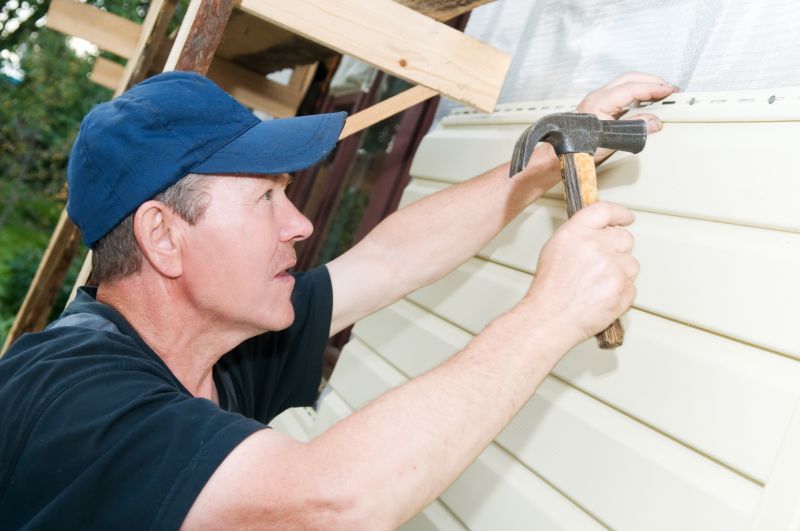
Spring's moderate weather facilitates proper adhesion and installation.
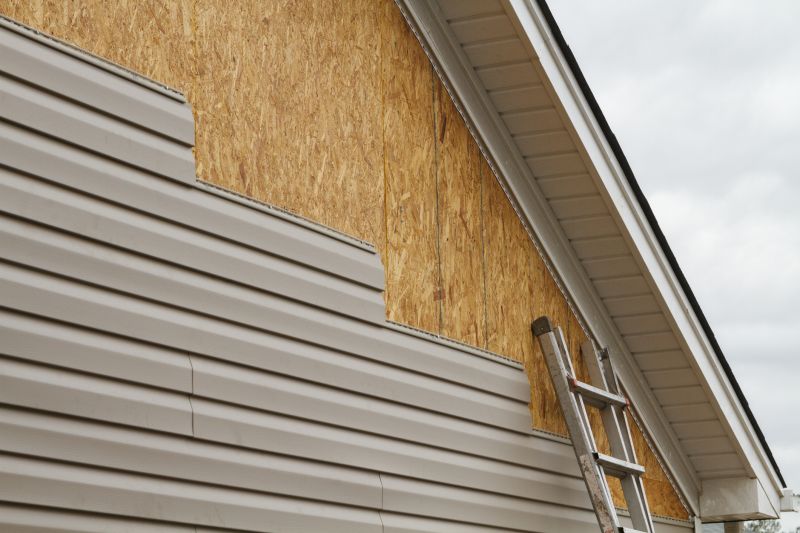
Warm temperatures can speed up installation but require attention to humidity levels.

Fall allows for completion before winter, reducing the risk of weather delays.
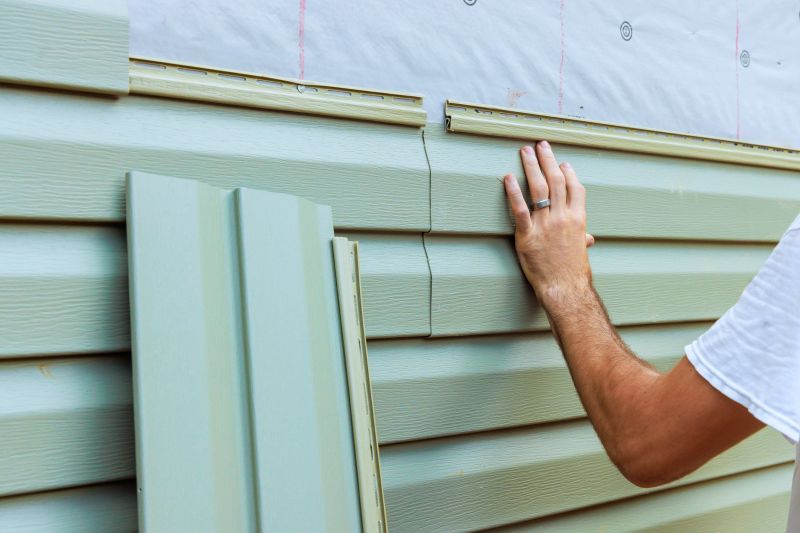
Ways to make Siding Service work in tight or awkward layouts.

Popular materials for Siding Service and why they hold up over time.
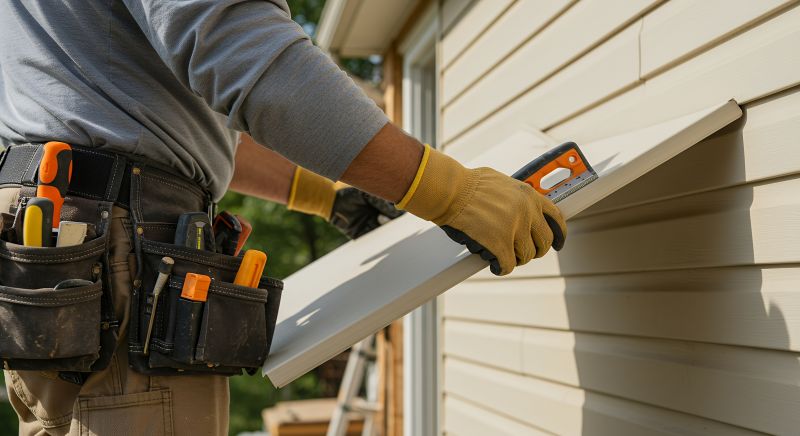
Simple add-ons that improve Siding Service without blowing the budget.
| Season | Optimal for Siding Service |
|---|---|
| Spring | Yes |
| Summer | Conditional |
| Fall | Yes |
| Winter | No |
| Late Spring to Early Fall | Ideal |
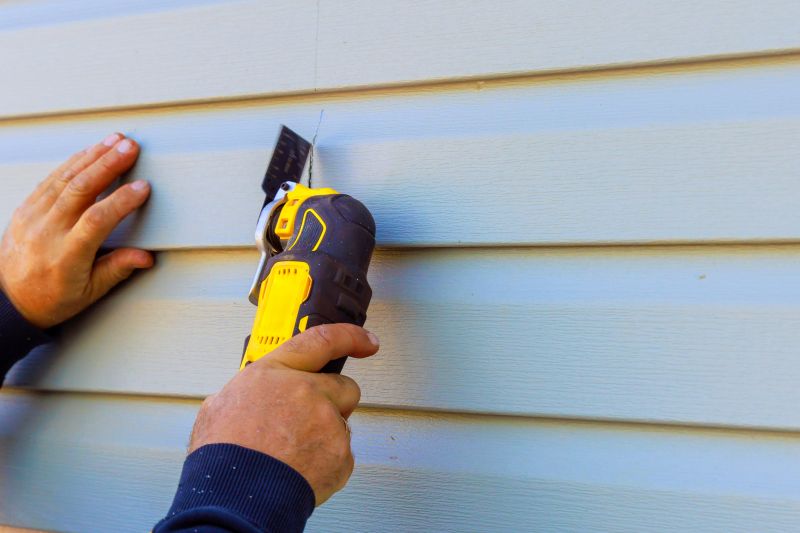
Professional siding repair ensures protection against weather elements and enhances curb appeal.
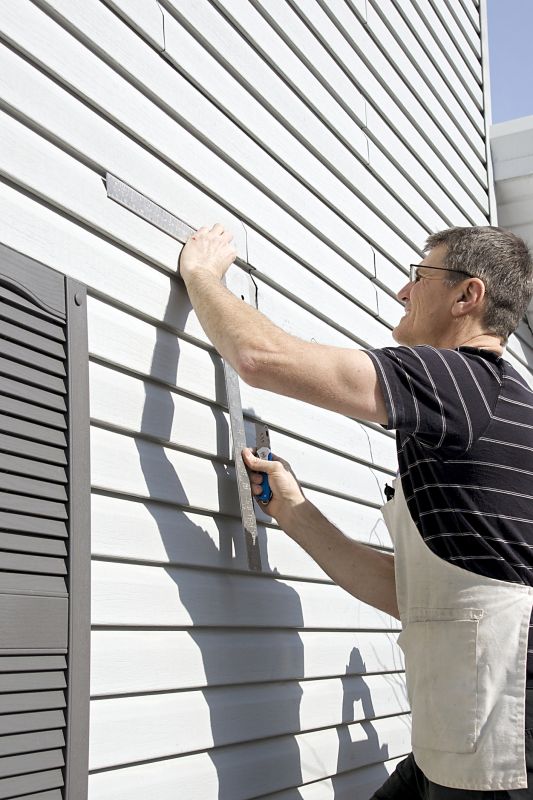
Properly timed installation can extend the lifespan of siding materials.
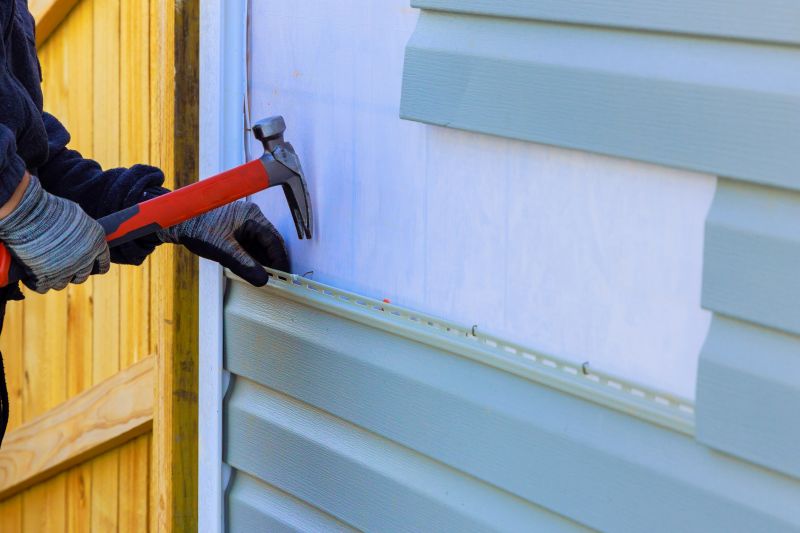
Various siding materials are suited for different seasonal conditions.

Timely completion contributes to the durability and aesthetic of the exterior.
Interested property owners can contact for scheduling or consultation to determine the most suitable time for siding service based on local climate and specific project needs. Proper planning and timing can lead to better results and increased satisfaction with the exterior upgrade.


